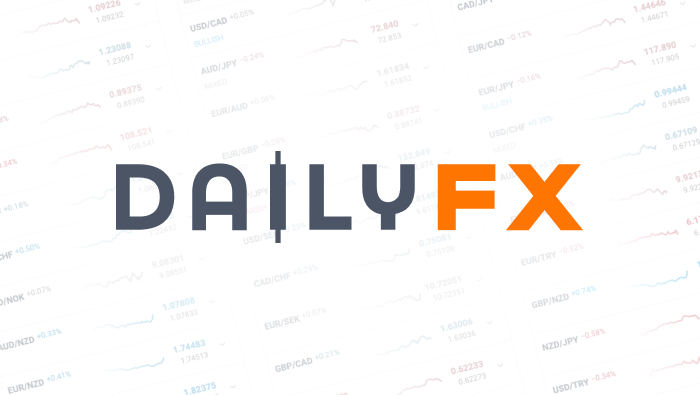Talking Points:
- Unemployment falls 0.2 pp to 7.2% while the employment rate increases to 4.7% (y/y)
- December PMI falls 2.6 basis points to 50.2
- USDHUF remains supported above 250.00
After considering the condition of the real economy and financial stability the monetary council elected to extend their accommodative interest rate during their December 16th meeting. At that time it was noted that domestic demand would make the largest contribution to economic growth moving forward. Thus, despite a disappointing manufacturing PMI report the latest funding for growth and employment results provide an upside for the Hungarian economy.
On Tuesday unemployment stood at 7.2% for a decrease of 0.2 pp. When compared to last year, 83K fewer people were unemployed between September and November. Over the same time span the employment rate was up 4.7% (y/y) with an additional 188K people actively working. In particular, the age group (15-24) tagged with the highest unemployment rate saw a 3.1 pp gain in employment, bringing their rate up to 24.6%.
With an improved labor force to draw upon, the business sector received an added boost from the second phase of the Funding for Growth Scheme. As reported by the Hungarian National Bank, contracts through December 31st amounted to 584.2 billion forint. More specifically, 97% were new loans and of those 61% were for new investment, 27% for new working capital, and 12% for pre-financing EU funds. Those industries accounting for the largest percentage of funds include: agriculture, manufacturing, and trade.
While the future holds an element of optimism, the current manufacturing state is less bright. December’s PMI fell 2.6 basis points to 50.2. While still representative of expansion, the index saw a decline in its new orders and production volume components.
USD/HUF Weekly Chart

Chart Created by Walker England Using MarketScope2.0



